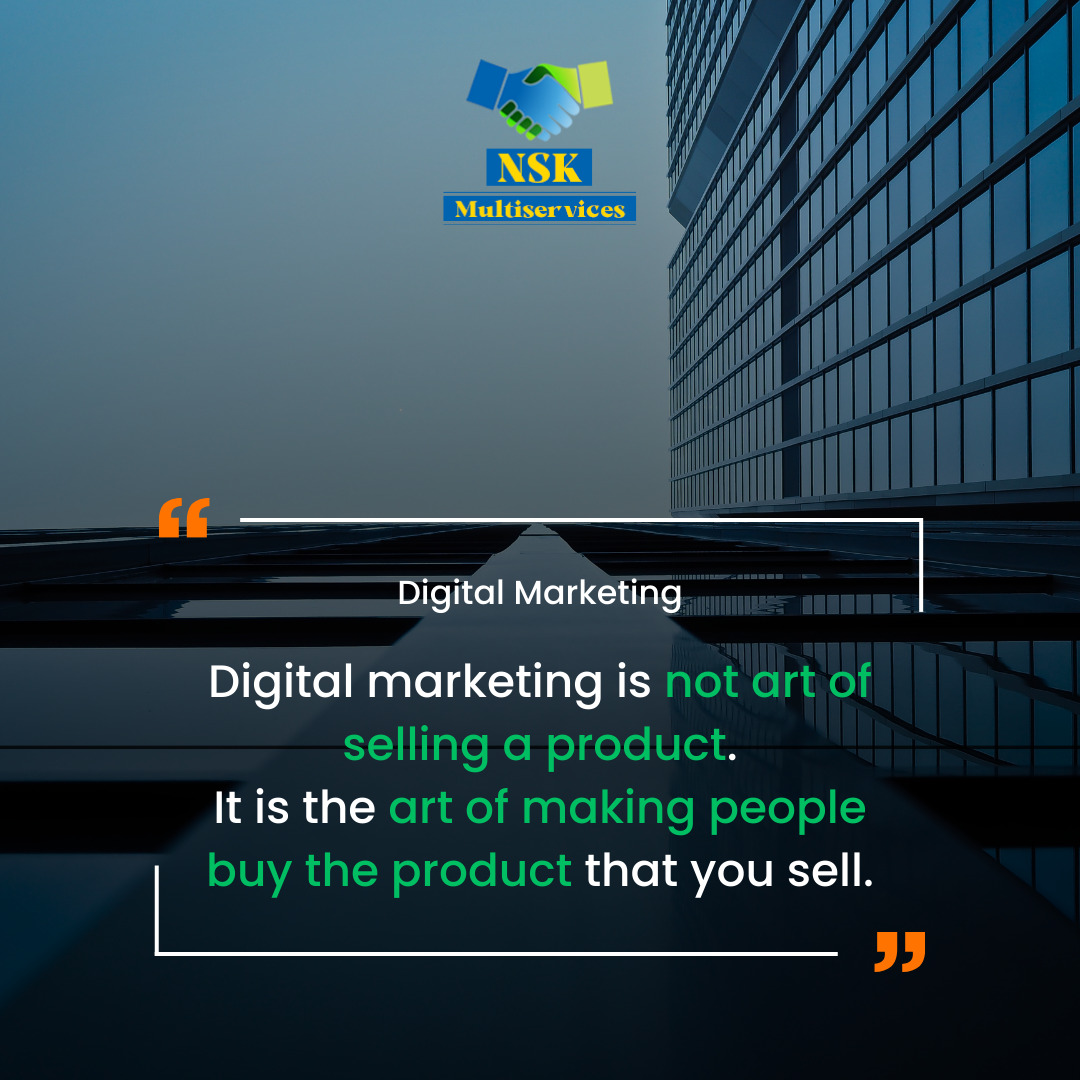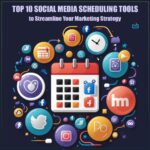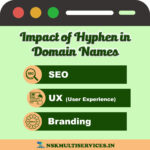Digital marketing is not art of selling a product. It is the art of making people buy the product that you sell.
“Digital marketing is not the art of selling a product. It is the art of making people buy the product that you sell.” These wise words by author and marketing expert Shiv Khera encapsulate the essence of what modern marketing has become. In a world inundated with advertising and choices, selling a product is no longer about pushing it onto potential customers. Instead, it’s about crafting a narrative, building relationships, and, most importantly, persuading people to willingly buy what you offer. In this article, we’ll explore the art of digital marketing and how it’s evolved into the art of making people want what you sell.
Related Articles
From Selling to Persuading
Traditionally, marketing revolved around the concept of selling, often referred to as the “hard sell.” Advertisers bombarded consumers with messages, highlighting product features and benefits in the hope of convincing them to make a purchase. While this approach may have worked to some extent, it often left customers feeling pressured and wary.
Digital marketing, on the other hand, has shifted the paradigm. It’s no longer just about selling; it’s about persuading. The modern marketer seeks to understand the customer’s needs, desires, and pain points. They then use this knowledge to create marketing campaigns that resonate with the audience on a personal level.
The Art of Storytelling
One of the most powerful tools in the digital marketer’s arsenal is storytelling. Through compelling narratives, brands can connect with their audience emotionally. Stories have the power to captivate, engage, and, most importantly, persuade. Here’s how storytelling fits into the art of digital marketing:
1. Establishing a Connection: Stories enable brands to connect with customers on a human level. When people relate to a story, they are more likely to engage with the brand.
2. Building Trust: Trust is essential in persuading customers to make a purchase. Sharing stories about your brand’s journey, values, and successes can instill trust in your audience.
3. Demonstrating Value: Through stories, you can showcase the value your product or service provides. Real-life examples and case studies can persuade potential customers of the benefits of what you offer.
4. Evoking Emotions: Emotional resonance is a potent persuasive tool. Well-crafted stories can evoke a wide range of emotions, from empathy to excitement, and these emotions can lead to action.
Data-Driven Persuasion
Digital marketing’s unique advantage lies in its data-driven nature. Marketers can gather a wealth of data about their audience, including their preferences, behavior, and demographics. This data empowers marketers to create highly targeted and personalized campaigns, making the art of persuasion even more effective.
1. Personalization: Tailoring your marketing messages to individual preferences and behaviors can significantly enhance persuasiveness. When a customer feels that your message is crafted just for them, they are more likely to take action.
2. A/B Testing: Data allows marketers to conduct A/B tests to determine what resonates most with the audience. This iterative process refines marketing efforts, making them more persuasive over time.
3. Retargeting: Through data, you can retarget potential customers who have shown interest in your product but haven’t made a purchase. This gentle nudge often persuades them to complete the transaction.
Social Proof and Authority
In the art of digital marketing, social proof and authority play a significant role in persuasion. When potential customers see that others have had positive experiences with your product or service, they are more likely to follow suit. This is where tactics such as user reviews, testimonials, and influencer marketing come into play.
1. User Reviews: Positive reviews and ratings from satisfied customers serve as a form of social proof, persuading potential buyers that your product is worth it.
2. Testimonials: When influential figures or experts in your industry endorse your product or service, it adds a layer of authority that can be highly persuasive.
3. Influencer Marketing: Collaborating with social media influencers can introduce your product to a wider audience. Influencers’ recommendations often carry significant weight and can persuade their followers to make a purchase.
Creating a Sense of Urgency
Another effective technique in the art of digital marketing is creating a sense of urgency. By implying that a limited time offer or a limited quantity is available, marketers can persuade potential customers to act swiftly. Phrases like “limited time only” or “while supplies last” tap into the psychology of scarcity and persuade consumers to make a purchase to avoid missing out.
Conclusion
In the digital age, the art of selling has transformed into the art of persuasion. Digital marketing is no longer about pushing products onto customers but about making them want what you offer. By mastering the art of storytelling, harnessing the power of data, leveraging social proof and authority, and creating a sense of urgency, modern marketers can persuade, engage, and build lasting relationships with their audience. This shift from selling to persuading is what defines successful digital marketing in the 21st century.




